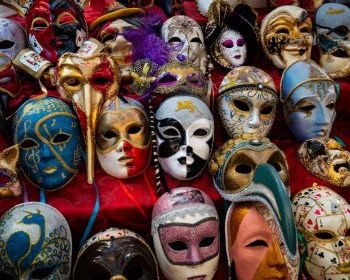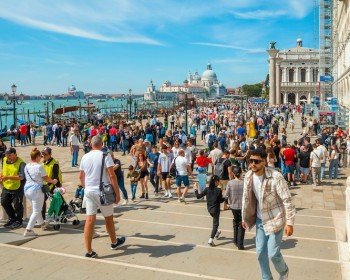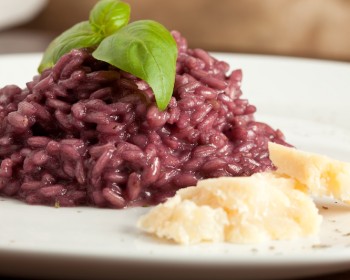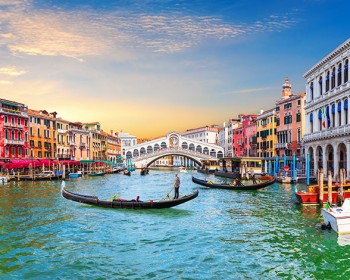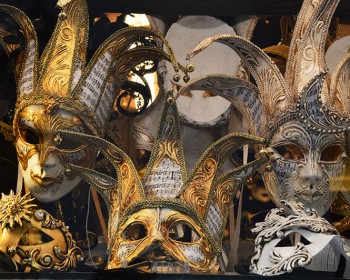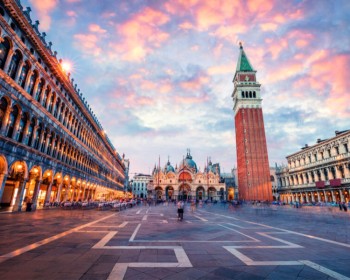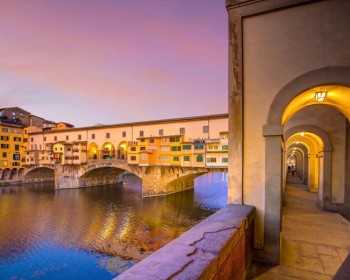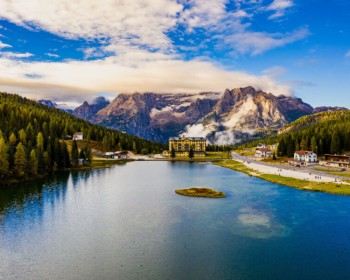Though it has been founded more than 500 years ago, today the charming Jewish Ghetto keeps the same authentic ethnic features and a jewish community of about 450 people.
Located in Cannaregio, one of the six sestieres of Venice, the Jewish ghetto is the oldest in the world. A small area of one of Venetian largest districts, the Ghetto belongs to the northern side of the town, near Santa Lucia train station and public transportation to the mainland.
The first Jewish families arrived in Venice during XI Century. As Venice became of one of the richest and powerful states ruling both the mainland and the sea, its trades increased more and more and so the Jewish community did. Therefore this tiny area of Cannaregio district turned itself quickly in the first place in the world were a group of people, the Jews, was forced to live segregated and controlled because of their religion.
In 1516, rulers of Venice established the so-called Jewish Ghetto, the only area in town where Jewish people were allowed to live, away from the other citizens. In the daytime, Jewish people could go out while they were forbidden at night. In fact, local authorities strictly monitored the access to the Ghetto through the few bridges, as Ponte delle Guglie, that connected it to the other quarters.
Venetian government ordered Jews to bring with them an identify sign and run their pawnshop according to Venice taxes rules as well.
Finally, on 1797 Napoleon gave Jews their freedom back and so they became regular Venetian citizens.
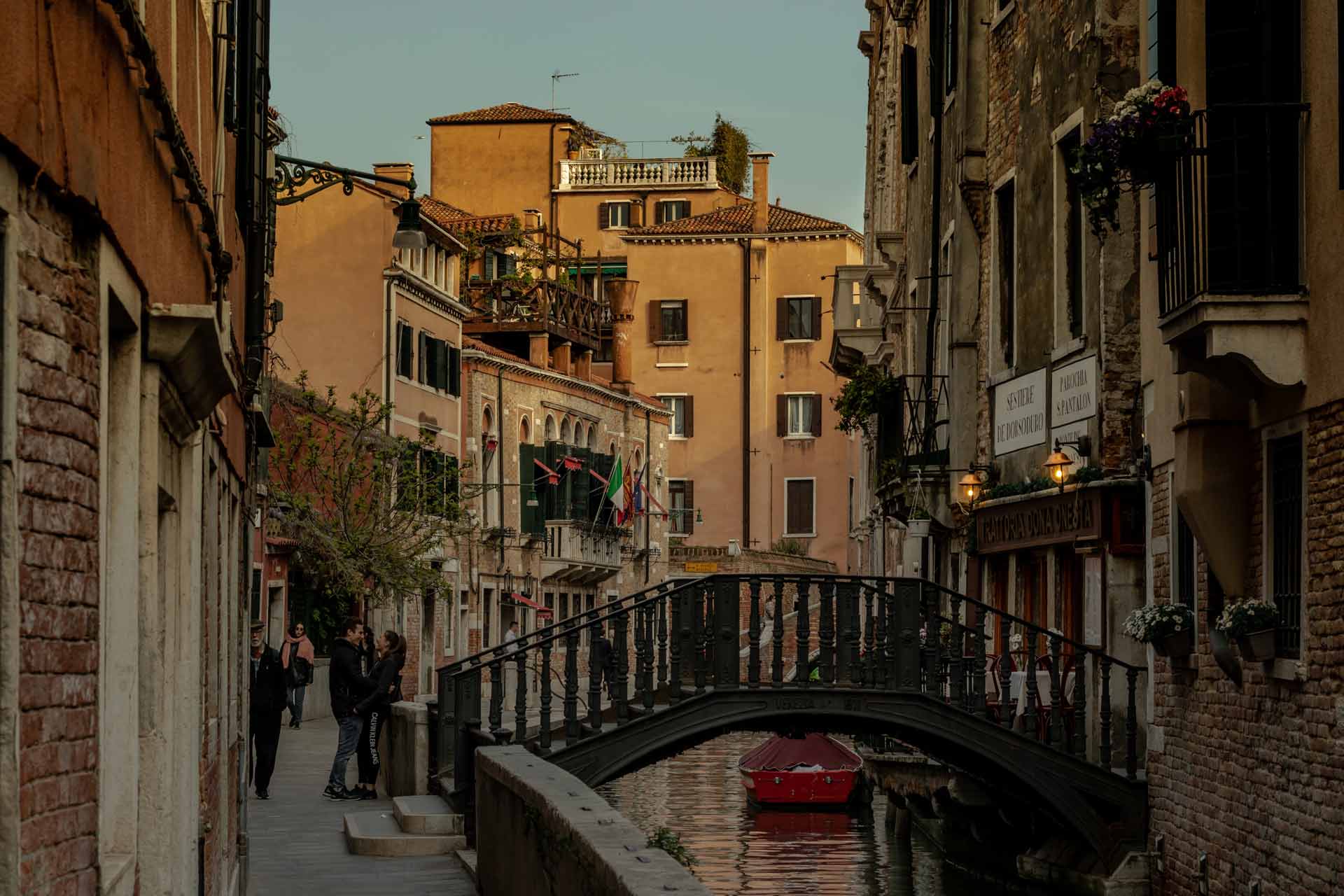
1 Origins of Ghetto
Don’t you know that the word Ghetto is an italian term? The name Ghetto was actually coined in Venice. In fact, the word Gheto in local dialect means foundry. The area of Venice were Jewish people lived was the place where metals were melted and mixed.
2 Old Ghetto and New Ghetto
The Jewish Ghetto is divided in 3 smaller areas, the Old Gheto, the New Gheto and the Gheto novissimo. Surprisingly, the New Gheto is the ancient part of the district, while the Old gheto is the recent part. In fact, the adjective Old or New doesn’t refer to the district itself but to the foundry that was once there. When Venetian doge ordered Jews to live in the Ghetto, they started living in the New Gheto, however, due to population increase, they had to enlarge the area.
Despite the fact that the Jewish community is now only a little group of people in Venice, it is still possible to experience their local traditions and culture walking through the small medieval alleys which this district is made of. Intriguing fragrances coming from local restaurants, traditional shops and bakers will capture your senses for a trip back in time.
3 Banco Rosso
Banco Rosso, a local pawnshop, is located in the heart of Gheto Novo. Since this activity was considered to be too distant from local beliefs, Jews were soon encharged of it.
At the beginning, there were 3 pawnshops each one recognized for its color: one green, one black and one red. Unexpectedly, it turned out that the financial expression “to be in red” actually comes from the function of venetian pawnshops.
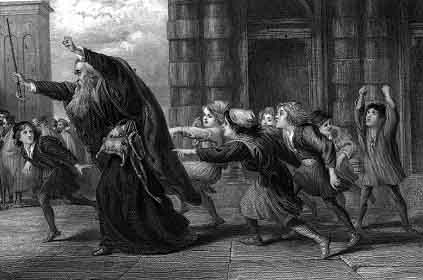
4 Shakespeare - Merchant of Venice
“Hath not a Jew eyes? Hath not a Jew hands, organs, dimensions, senses, affections, passions; fed with the same food, hurt with the same weapons, subject to the same diseases, healed by the same means, warmed and cooled by the same winter and summer as a Christian is?”
William Shakespeare was one of the first poets to dedicate Venice and Jewish community a relevant part in one his plays, the Merchant of Venice. Undoubtedly, this portrait of Venetian society during XVI century is so vivid that we can still imagine Shylock, the merchant, passing by an ancient bridge in the Jewish Ghetto.
Have you ever experienced this breathless quarter in the heart of Venice?
Don’t miss the chance to discover the Jewish Ghetto with us!


